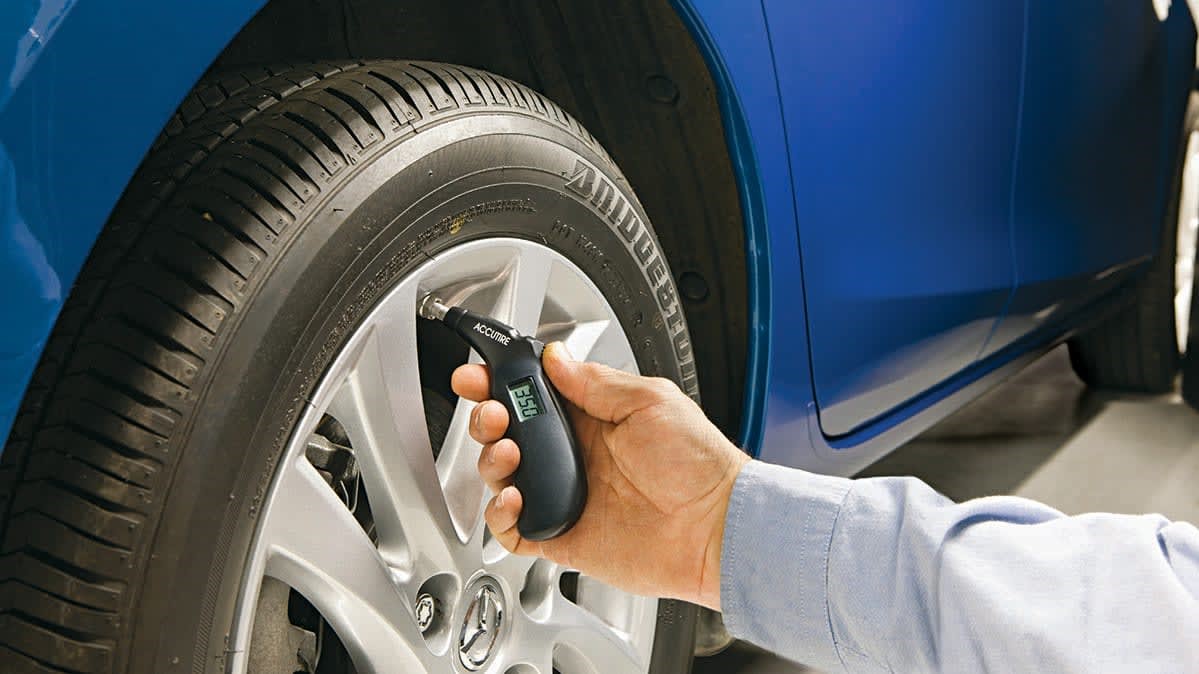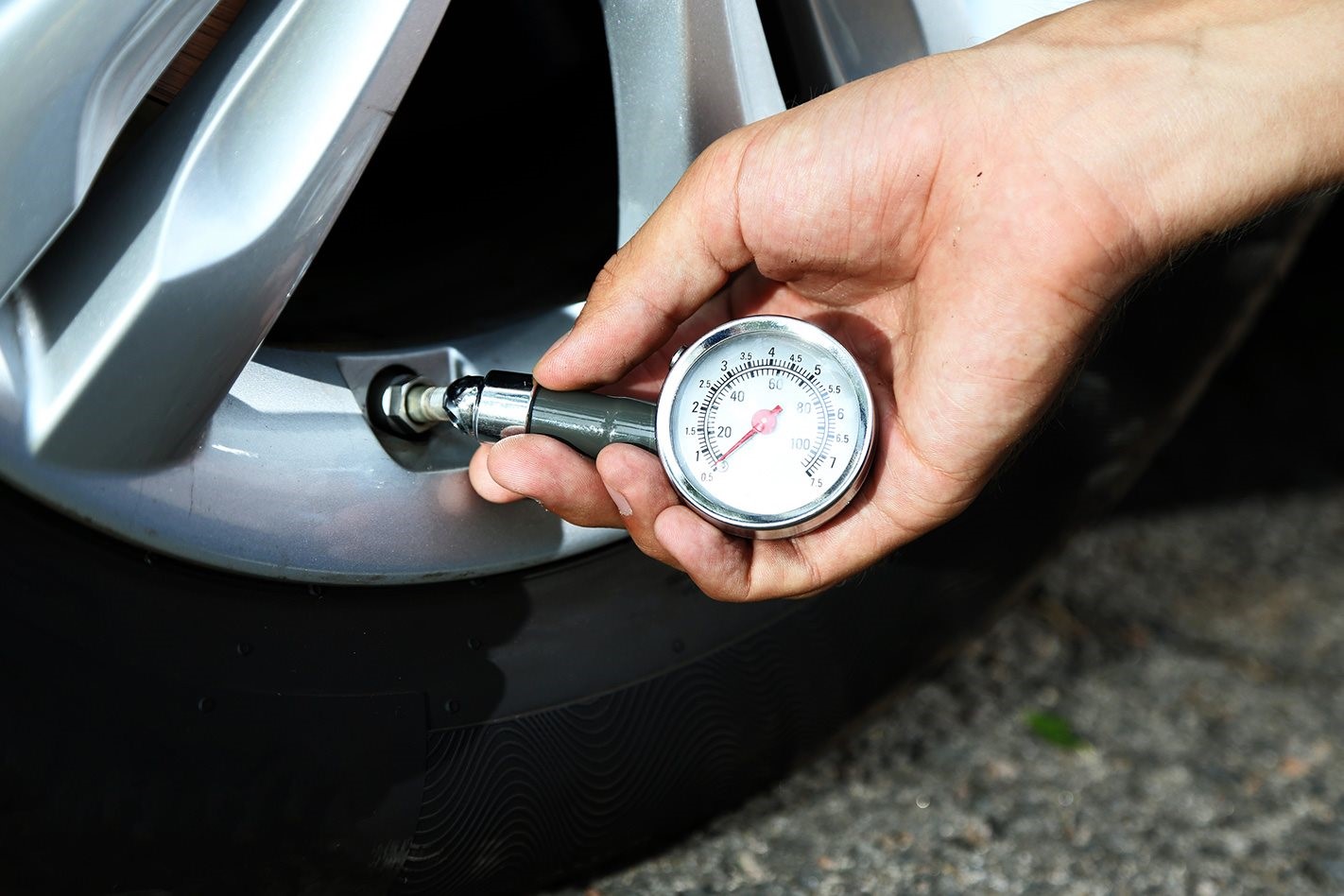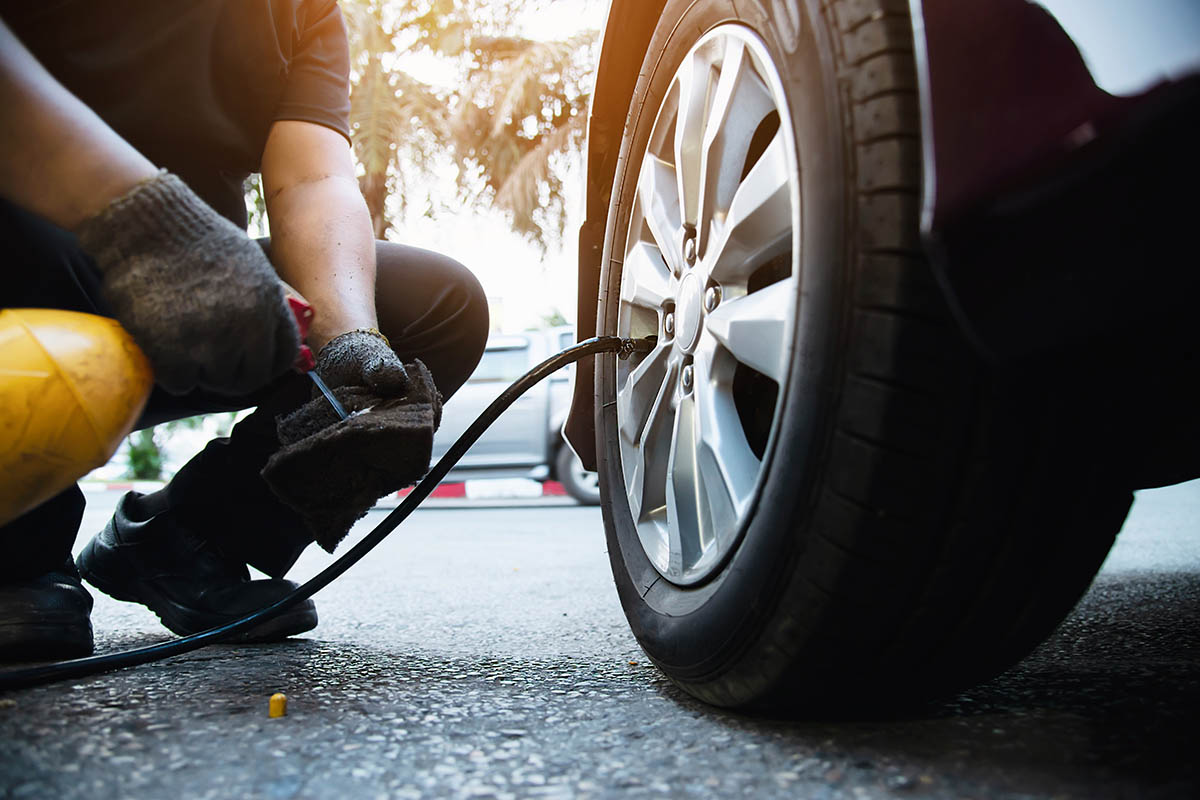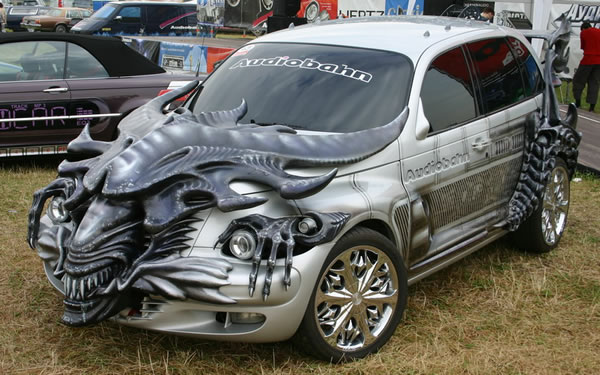Proper Tires Maintenance in Summer
Tires have the task of keeping you and your passengers safe. That’s why this article comes up with five tips for proper tires maintenance in summer. Pressure, rotation, balancing, convergence, and storage are essential tips for proper tires maintenance in summer to preserve its efficiency and guarantee road safety.
Proper recognition of road safety is not always given to tires. 5 Tips for Proper Tires Maintenance in Summer. That’s why it is vital to keep the tires in the best possible way. This article will explain how to do it merely with five tips for proper tires maintenance in summer.
What Are the Advantages of Optimal Tire Pressure?
The importance of pressure control cannot be underestimated among tire maintenance operations, which can be easily measured with the pressure sensor. A vehicle with properly inflated tires is less prone to a possible loss of control. Also, traveling with low-pressure tires results in higher fuel consumption. The check should take place at least once every 30 days and before a long journey.
For correct measurement, it should be made with cold tires. Each car model requires an absolute tire pressure; you can read the relevant indication in the user manual and the door label or inside the fuel flap.
If you find that the tire pressure is too low, you can inflate them yourself using a volumetric compressor. Try to keep the trajectory of the car as straight as possible.
Tips for Proper Tires Maintenance in Summer: Pressure
Correct pressure is essential for extended tire life and more excellent safety. Remember to keep the tires well inflated, with a tension between 2 and 3 bars. In winter, you can add a few tenths of a bar as the air is colder and the pressure low. On the contrary, in the summer, you can reduce a bit of the tenth.
Pressure check on car tires
By the way, do you already know how to check the pressure of your tires? Nothing could be more comfortable. Just unscrew the valve cap on the rim’s outer edge (be careful not to lose the lid!) and correctly position the pressure gauge spout.
If the pressure is too low and the wheel is deflated, you will have to inflate it with the pump until the pressure value becomes recommended. If the pressure is too high, you will have to remove some air from the rubber by pressing the valve. Here is what happens if the tires are not inflated correctly. As you can see, the wear is uneven, and the tires will have to be changed prematurely.
Wear and Tear
Remember that there are particular limits of tread thickness, under which a tire becomes less safe, and circular is prohibited. Always keep tire wear under control. And if you notice something strange, go immediately to the tire dealer.
Wear and tear on car tires
By law, the tread grooves must have a residual thickness of at least 1.6 mm. If the tire is very worn and the notches are less than 1.6mm deep, there is a risk of a penalty of 78 euros.
Anyway, the 1.6mm thickness is a limit measure. All professionals are recommended to change the tires in the summer when the residual thickness is 3 – 4mm, always to travel safely.
Tire Rotation
Rotation of the tires every six months, or every 10,000 km, promotes uniform wear and lengthens your tires. If it is not possible to rotate all four of your tires, swap the hindquarters with the first ones.
Storage
Are you one of the many drivers who opt for the double winter or summer tires? Good choice! But remember to properly store the tires you are not using, to use them longer. Here’s how to do it.
Storage area of a car tire
- Note the position of the tires when disassembling.
For tire lifespan extension, it is recommended to invert them regularly. The tires do not wear out correctly homogeneously. For example, on a front-wheel-drive vehicle, the front and rear tires will wear out.
To reverse the next seasonal change, note the tires’ position on the vehicle when disassembled. For example, write with chalk AS and AD, respectively, on the side of the front left and front right tire, etc.
- Clean the tires before storing them
Clean the tires before putting them away. Remove the earth, small stones, and other foreign bodies that have penetrated the grooves of the rubber, then dry well to avoid oxidation problems.
- Choose a suitable storage location.
To store the tires correctly, you need to store them in a closed, dry, ventilated, and temperate room (from 10 to 25°C), away from direct sunlight and bad weather and away from chemicals of any kind (solvents, hydrocarbons, oils, etc.).
Keep them at their best, store them in protective cases or opaque plastic bags, and remove the air before closing them. Never store tires outside, even if sheltered. Also, avoid storing tires near heat sources or electrical equipment (transformers, welding devices, electric motors, etc.) that generate ozone.
The state of the vehicle
For proper tire maintenance, the car must be in perfect mechanical condition. An “unbalanced” car ends up ruining the tires. Hence, the importance of operations such as balancing, convergence (if necessary), suspension checks, etc., affect car tires. If you notice that your car vibrates or pulls to one side, go immediately to a mechanic!
Final Words
These are the five essential tips for proper tires maintenance in summer. Millions of people choose the car to reach the places where to spend their holidays, and, like every year, it is right to remember how vital a check of your vehicle is before traveling.
Safety also depends on proper maintenance of the car and above all of the tires which. Let’s not forget, are the only elements of contact between the vehicle and the road.
Proper maintenance combined with correct use and awareness of their characteristics is fundamental to guaranteeing safety in every situation. To increase tire life, always remember to drive carefully, respecting the environment. Do you have any other suggestions to make? Write it in the comments!




















